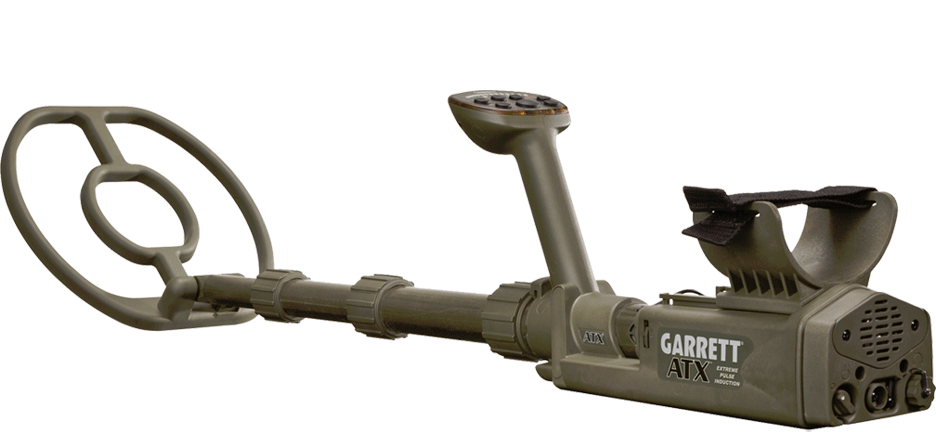I am a military service member and I recently moved to Mainland Japan. I have been detecting for about 15 Years and owned only Minelab detectors; Explorer, Explorer XS, Explorer II, E-Trac and now the CTX3030. In Virginia, the CTX was a great land and dry sand machine, but didn't like the salt water very much. Nevertheless, I was able to make it work. Back to Japan - CTX3030 arrived a month or so ago in my household goods shipment. I shipped it in an SKB Case with custom cut foam to protect it - so I know its working properly. About a week ago, I took it out and ran down to the beach for a spin. In Auto - dry sand - my sensitivity would not go above 9 without tons of noise. In manual, I was able to squeeze out about 15. At the end of the trip, I was frustrated because the CTX3030 was not performing well at all - even considered that it may be damaged. The next day, I went to a local park on-base. The CTX performed better and found lots of coins, but again depth was limited to 3-4 inches, sensitivity was about 20-23 and and it was still a little chatty. Of particular note, I brought the Minelab Pro-find 25 pinpointer and my Garrett pinpointer. The ground was not wet, but it was a little damp due to rain from two days earlier. If I touched the ground with either of the pinpointers - anywhere in the park or at the beach - they would chirp. All of this leads me to believe that I may be sitting on possibly the most mineralized soil on the planet.
So - although my detecting experience has been exclusively limited to Minelab's multi-frequency detectors with VID target screens, I am wondering how the ATX does in a beach environment where there is HIGHLY mineralized soil. Also interested in any other recommendations. Price is not really a limiting factor - quality and dependability are. Thanks from the "Land of the Rising Sun," and apparently the impenetrable soil! Also posting this in the CTX3030 forum and the Beach/Water forum...
So - although my detecting experience has been exclusively limited to Minelab's multi-frequency detectors with VID target screens, I am wondering how the ATX does in a beach environment where there is HIGHLY mineralized soil. Also interested in any other recommendations. Price is not really a limiting factor - quality and dependability are. Thanks from the "Land of the Rising Sun," and apparently the impenetrable soil! Also posting this in the CTX3030 forum and the Beach/Water forum...


